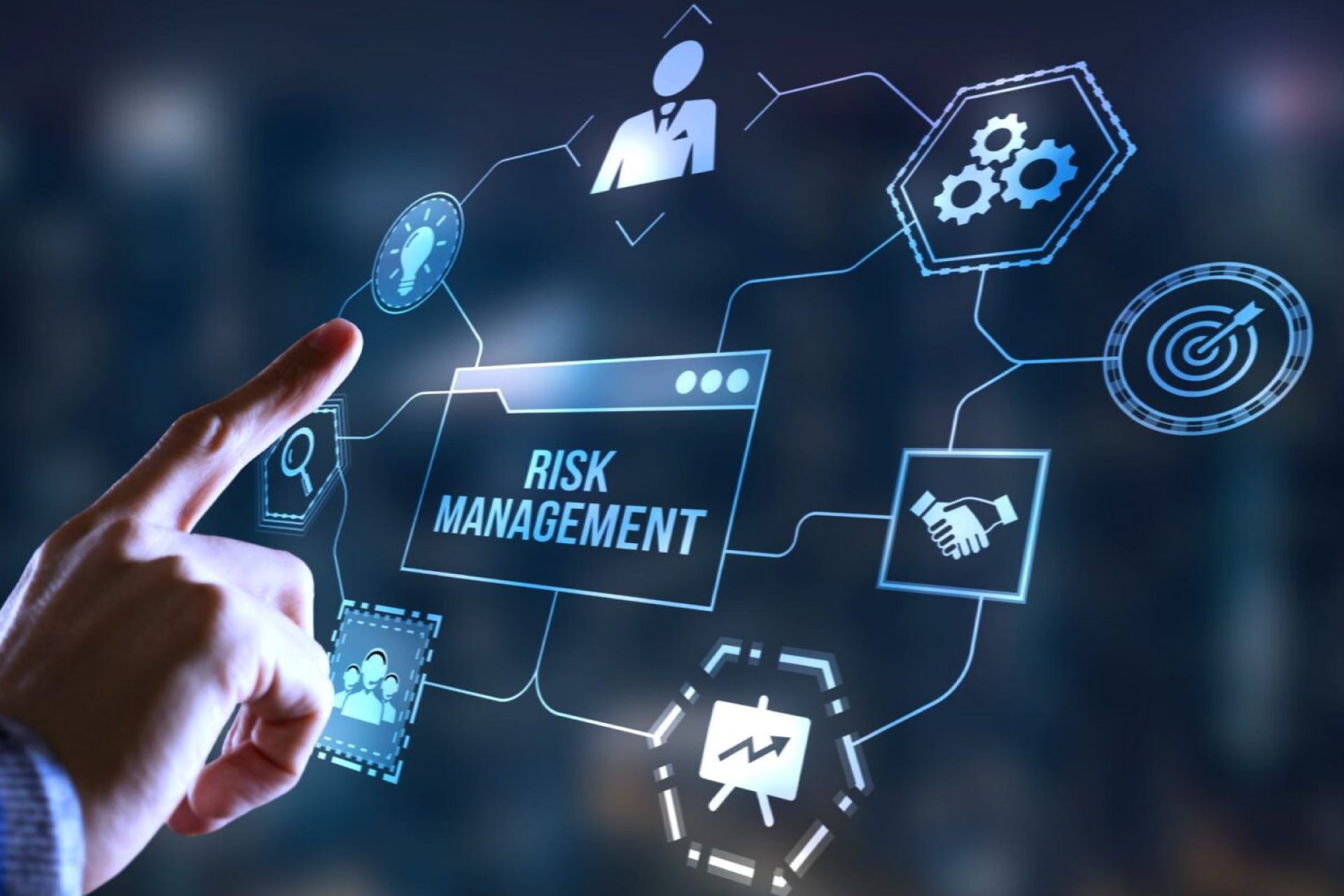
Knowing when to take the risk is related to focusing on your goals. This is what we call taking calculated risks. In simple terms, a risk is the possibility of something terrible happening. On the other hand, an opportunity is the possibility of something good happening.
By Emile Fakhoury
A risk is an event that could happen with a probability less than 70%; if the likelihood is higher than 70%, then we would consider the issue is going to occur and no more a chance.
Managing risks will help you decide based on calculated risks and assess them (high, medium, low) concerning their impact and probability and hence assess their effect on your project.
As everyone fears failure to some degree, the psychology of safety teaches us that, as individuals, we naturally analyse tasks as they relate to our physical, emotional, and mental well-being.

If we think carrying out a specific action will put us at risk of danger or failure, we tend to avoid this to protect ourselves.
We take chances and risks in our life and career to improve our situation and strengthen our position. It is worth calculating our risks well so we don’t make mistakes and lose positive energy. Knowing when to take the risk is related to your focus on your goals; this requires courage and knowledge of the risks and how to mitigate them.
I follow this 5-step process when taking thoughtful and measured risks.
1-Identify your goal or project, or desired achievement:
Take your time to think and plan what you need to achieve; once you’ve identified your dreams that you would like to achieve, prepare your action plan, and make sure your goals are tangible and measurable.
2-Assess the potential risks:
Once you’ve identified your goals in step 1, determine the risks you might face if you venture forward toward these goals. Understanding the potential risks allows you to be adequately prepared for them and decide whether they’re worth taking.
Think about any potential risks about your goals, then write them down next to the goals you identified in step 1.
3-Think about the impact of your risks:
Ask questions about each risk you listed: How does this make you feel? What is worse than what can happen? Who can help you resolve it? This activity aims to demonstrate what is worth giving our energy to mitigate and what is best to avoid.
4-Assign a value for each risk:
Use a scale from 1 to 5, with 5 having the highest impact and 1 having the lowest impact.
For example, ‘ I intend to grow my business by 10% over the next year, but… what if there’s a decline in the economy and we enter a recession?’
Consider the current economic climate. We are experiencing low unemployment and high inflation (both strong predictors of future recessions). This indicates that the chances of entering a recession over the following years could be increased.
For this reason, we could rate this risk as a high impact 5. Work through your goals and assign a number to each to get a more realistic picture of the likelihood of the risks involved.
5-Make your action plan:
Based on the numbers you assigned to each risk, determine which risks are worth taking and which risks you can ignore. By implementing a risk assessment, we can focus on your top critical risks and have a much clearer understanding of which chances are worth taking.

Use this information to prepare your action plan to help you plot a course from where you are now to where you want to be.
Remember that knowing when to take the risk relates to focusing on your goals. Fear regrets more than failure – history has shown that we fail far more from timidity than over-daring.
Or, to quote in Latin: Fortes fortuna adiuvat. Meaning fortunes favour the bold who take calculated risks.

Well expressed article !
much appreciated JB for the continous support!
Well written article. Simple and crisp.
Thank you Latha !
Well said
Thank you Rohini!
Interesting Article👍
Appreciated Mireille !